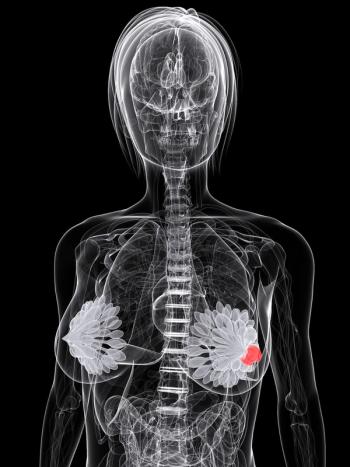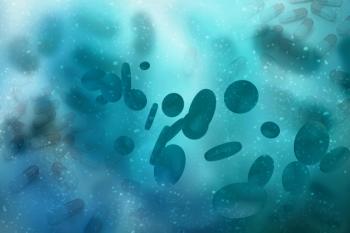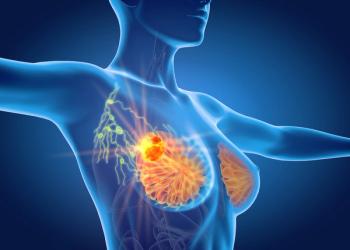
Positive Brexu-Cel Findings Raise Questions of Treatment Sequencing in B-ALL
Gregory W. Roloff, MD, indicates that brexucabtagene autoleucel did not yield significant positive findings in patients with relapsed/refractory B-cell acute lymphoblastic leukemia who were MRD positive.
Brexucabtagene autoleucel (brexu-cel; Tecartus) demonstrated robust activity with a high rate of complete remission (CR) in patients with relapsed/refractory B-cell acute lymphoblastic leukemia who achieved minimal residual disease (MRD) negativity in the phase 1/2 ZUMA-3 trial (NCT02614066), according to Gregory W. Roloff, MD.
However, he noted that the CAR T-cell therapy did not yield significant efficacy in the MRD-positive population. Moreover, he indicated that additional research is needed to determine brexu-cel’s role and how it should be sequenced in this patient population.
In ZUMA-3, treatment with brexu-cel resulted in a complete response (CR)/CR with incomplete hematologic recovery rate of 91% among the 84% of patients who achieved MRD negativity. Additionally, at 6 months following infusion, a total of 83% of patients in the MRD-negative group maintained a CR.
Transcript:
In a relatively small sized cohort [of] 76 patients, [we] can rest assured that [brexu-cel] does lead to responses. It does seem to be quite potent. The key seems to be achieving that first MRD-negative response. There are patients who achieved MRD-positive responses more closely resembling those who are refractory and experience no significant activity with brexu-cel than those who are in a [complete response] with MRD negativity.
I would personally move towards another salvage measure if I were to give this to a patient and still are able to find some residual disease. For those who achieve MRD negativity, the question then becomes what do you do next? We give this drug to patients, and for those who achieve an MRD-negative remission [with] no trace of disease, we know that it's not going to be 100% perfect.
Then the question becomes, what do you do from there? Should you leave them and hope that it doesn’t come back or is this just a bridge to an allogeneic stem cell transplant? I wish I knew the answer to that; I’m hoping that by being able to capture a large number of patients, we might be able to tease out that signal a little bit more. There were very few patients only—11 of the 76 that I presented—who proceeded to transplant intermission after brexu-cel. That’s too small of a cohort to make any substantial conclusions about thus far. That’s a lingering question in my mind: Is CAR T a destination therapy, or is it just a bridge to consolidate that remission further, perhaps with a transplant?
Reference
Roloff GW, Faramand R, Aldoss I, et al. Outcomes following brexucabtagene autoleucel administered as an FDA-approved therapy for adults with relapsed/refractory B-ALL. J Clin Oncol. 2023;41(suppl 16):7001. doi:10.1200/JCO.2023.41.16_suppl.7001
Newsletter
Stay up to date on recent advances in the multidisciplinary approach to cancer.

















































































